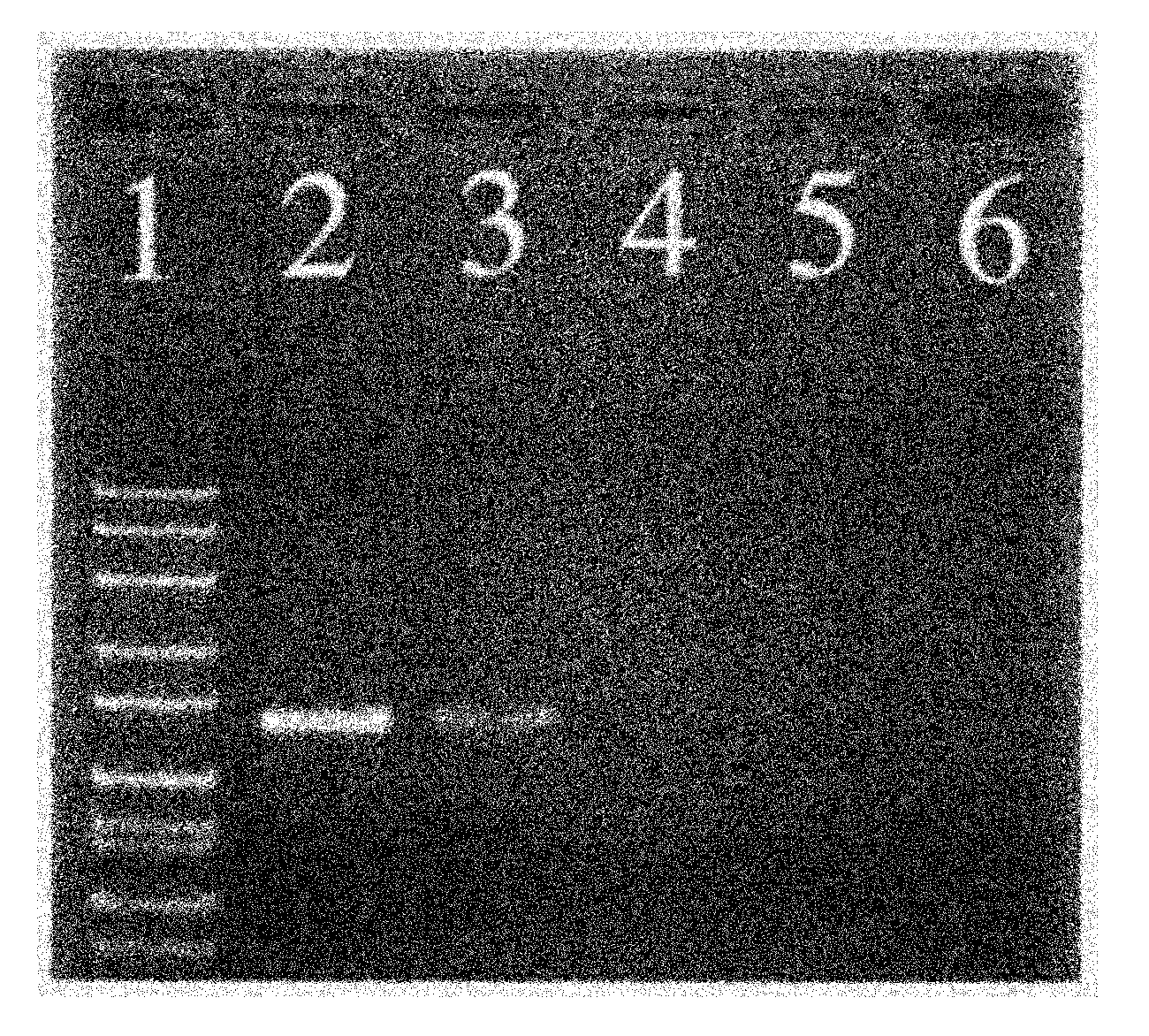Method for producing fermented milk
a technology of fermented milk and fermentation, which is applied in the field of fermented milk production, can solve the problems of degrading taste and high cost of growth stimulating substances, and achieve the effect of high intestinal function-regulating effects
- Summary
- Abstract
- Description
- Claims
- Application Information
AI Technical Summary
Benefits of technology
Problems solved by technology
Method used
Image
Examples
example 1
[0060]1,000 mL of a 10% (W / W) reconstituted nonfat milk powder medium was sterilized at 90° C. for 30 minutes. Then, 30 mL of a seed culture of Lactococcus lactis subsp. cremoris NBRC 100676T was inoculated into the reconstituted nonfat milk powder medium, and cultivated at 25° C. for 16 hours. In addition, 1,000 ml of an 11% (W / W) nonfat milk powder medium supplemented with 0.2% (W / W) of yeast extract was sterilized at 90° C. for 30 minutes. Then, 100 mL of a seed culture of Bifidobacterium longum ATCC BAA-999 was inoculated into the nonfat milk powder medium, and cultivated at 37° C. for 6 hours.
[0061]Apart from the above, 50 L of a base medium prepared by mixing and dissolving raw materials composed of skim milk powders, whole milk powders and sucrose, the base medium containing 0.5% (W / W) of butterfat, 8.0% (W / W) of nonfat milk solid component, 8.0% (W / W) of sucrose, and 0.2% (W / W) of pectin, was sterilized at 90° C. for 10 minutes, followed by cooling at 40° C. 50 mL of the abo...
example 2
[0062]1000 mL of a 10% (W / W) reconstituted skim milk medium supplemented with 1% of glucose was sterilized at 90° C. for 30 minutes. Then, 30 mL of a seed culture of Lactococcus lactis subsp. lactis JCM 20101 was inoculated into the reconstituted skim milk medium, and cultivated at 25° C. for 16 hours. On the other hand, 1000 mL of an 11% (W / W) skim milk medium containing 0.2% (W / W) yeast extract was sterilized at 90° C. for 30 minutes, and 100 ml of a seed culture of Bifidobacterium breve ATCC 15700 was inoculated thereinto, followed by cultivating at 37° C. for 16 hours. Apart form the above, 50 mL of a mixed culture of Streptococcus thermophilus (manufactured by HANSEN) and Lactobacillus bulgaricus (manufactured by HANSEN) was inoculated into 1500 ml of a 10% (W / W) reconstituted skim milk medium sterilized at 90° C. for 30 minutes, and then cultivated at 37° C. for 5 hours.
[0063]Apart from the above, 50 L of raw milk containing 3.0% (W / W) of butterfat and 9.0% (W / W) of nonfat mil...
PUM
 Login to View More
Login to View More Abstract
Description
Claims
Application Information
 Login to View More
Login to View More - R&D
- Intellectual Property
- Life Sciences
- Materials
- Tech Scout
- Unparalleled Data Quality
- Higher Quality Content
- 60% Fewer Hallucinations
Browse by: Latest US Patents, China's latest patents, Technical Efficacy Thesaurus, Application Domain, Technology Topic, Popular Technical Reports.
© 2025 PatSnap. All rights reserved.Legal|Privacy policy|Modern Slavery Act Transparency Statement|Sitemap|About US| Contact US: help@patsnap.com

